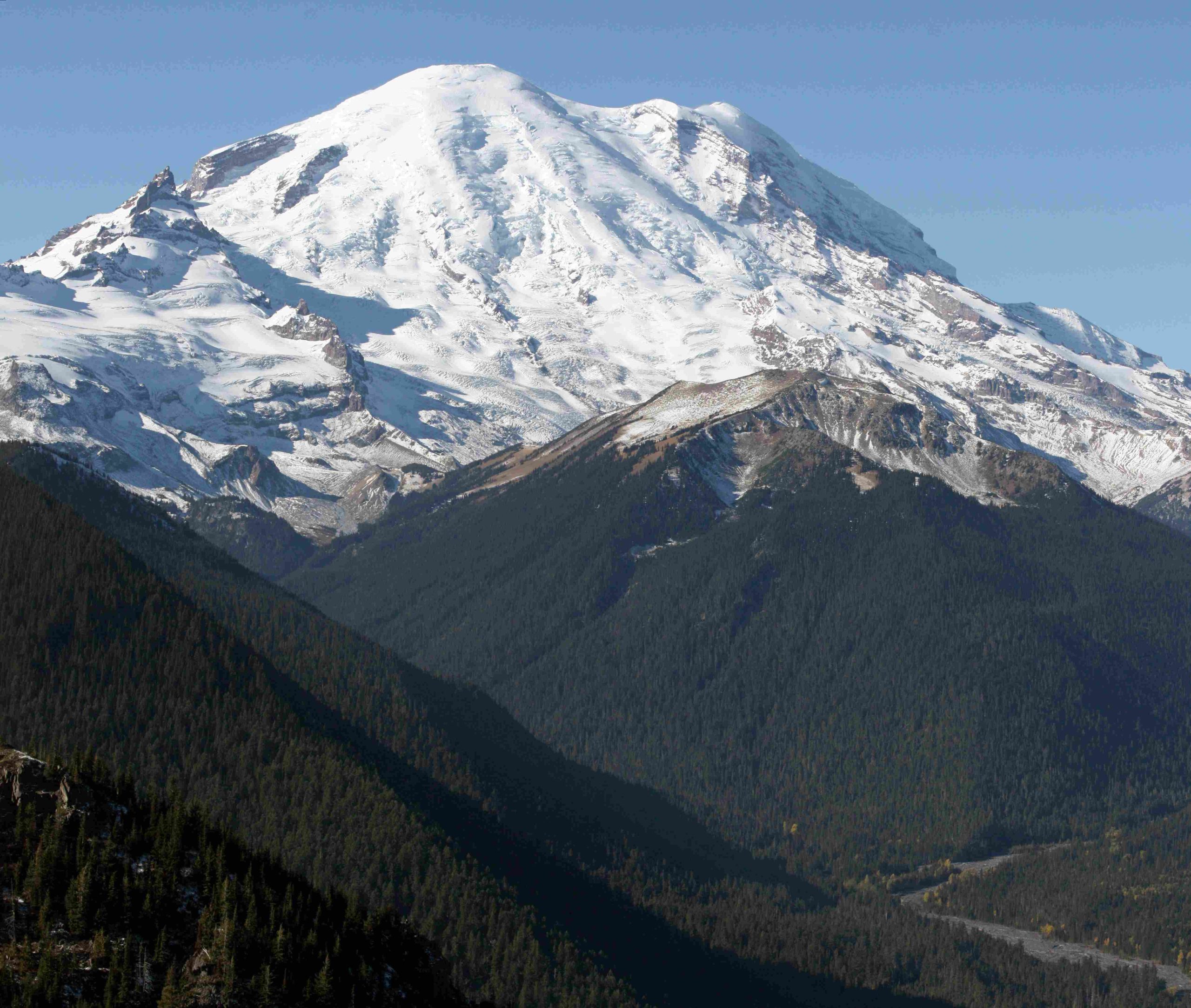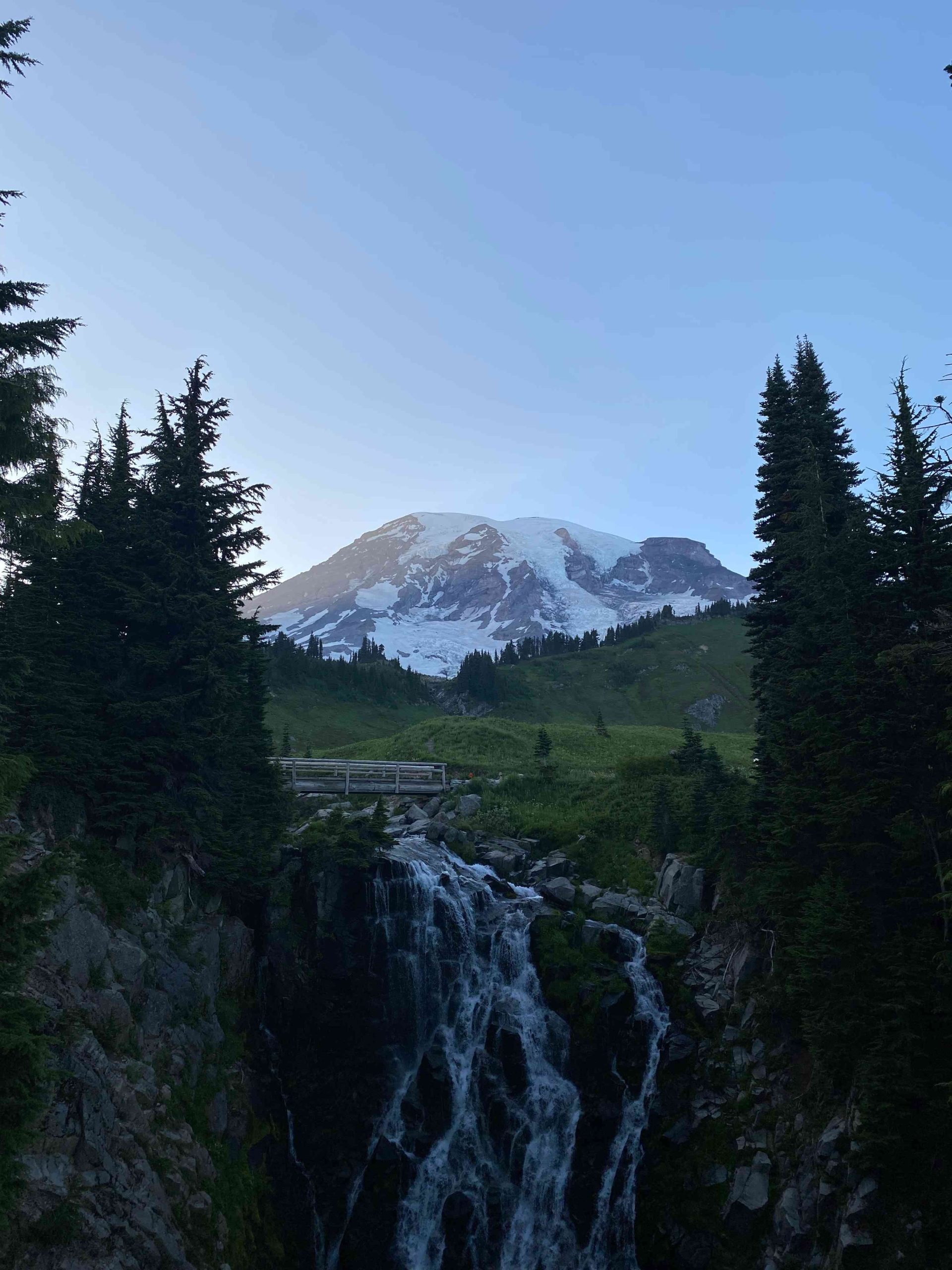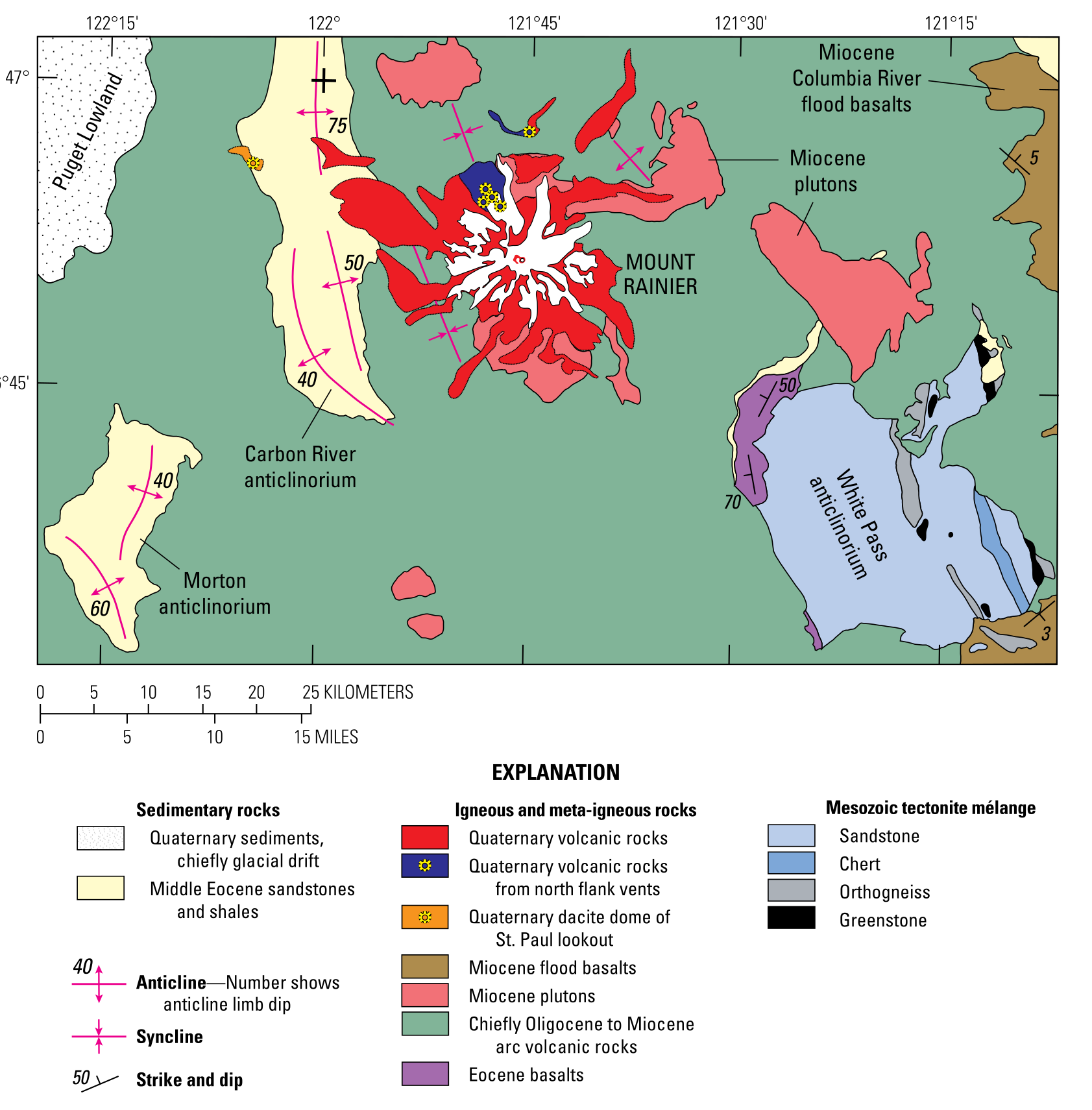Mount Rainier National Park is home to diverse wildlife, including several protected species. The park’s efforts to conserve endangered animals focus primarily on the Northern Spotted Owl and the Mount Rainier White-Tailed Ptarmigan. These species face threats from habitat loss, climate change, and competition from other species. The park implements various conservation programs and regulations to protect these animals and their habitats.
What Are the Endangered Species in Mount Rainier National Park?

Mount Rainier National Park is home to two primary endangered species:
- Northern Spotted Owl (Strix occidentalis caurina)
- Mount Rainier White-Tailed Ptarmigan
What Is the Status of the Northern Spotted Owl?
The Northern Spotted Owl was listed as federally threatened under the Endangered Species Act in 1990. As of 2017, only 18 territorial adults were found in the park. The probability of territory occupancy by Northern Spotted Owls has decreased by 50% between 1997 and 2016.
Key points about the Northern Spotted Owl:
- Conservation Status: Threatened
- Population Trend: Declining
- Main Threats: Habitat loss and competition from Barred Owls
What Is the Status of the Mount Rainier White-Tailed Ptarmigan?
The Mount Rainier White-Tailed Ptarmigan was declared a threatened species under the Endangered Species Act in 2024. This decision was primarily due to habitat loss and degradation caused by climate change.
Key points about the Mount Rainier White-Tailed Ptarmigan:
- Conservation Status: Threatened
- Population Trend: Rare and declining
- Main Threat: Climate change-induced habitat loss
What Conservation Programs Exist for Protected Animals in Mount Rainier NP?

How Does the Park Protect Northern Spotted Owls?
Mount Rainier National Park has implemented several conservation measures for the Northern Spotted Owl:
- Annual Monitoring: Field biologists conduct yearly surveys to locate and identify owls.
- Banding Program: Owls are banded for tracking purposes.
- Acoustic Monitoring: Automated recorder units detect owl calls.
- Habitat Protection: The park preserves nearly 82,000 acres of contiguous old-growth forest habitat.
Despite these efforts, the Northern Spotted Owl population continues to decline, primarily due to competition from Barred Owls.
What Conservation Efforts Target the Mount Rainier White-Tailed Ptarmigan?
Conservation efforts for the Mount Rainier White-Tailed Ptarmigan focus on:
- Habitat Protection: Preserving alpine habitats above the tree line.
- Climate Change Mitigation: Addressing the impacts of global warming on ptarmigan habitats.
- Research: Ongoing studies to understand climate change effects on ptarmigan populations.
- Monitoring: Tracking changes in snow quality, alpine vegetation, and temperature impacts.
The U.S. Fish and Wildlife Service is considering additional measures to protect critical habitats for the ptarmigan.
What Regulations Protect Animals in Mount Rainier NP?
What Are the General Wildlife Protection Rules?
Mount Rainier National Park enforces several regulations to protect wildlife:
- Restricted Access: Certain areas are off-limits to visitors to protect sensitive habitats.
- Viewing Distance: Visitors must maintain a safe distance from wildlife (100 yards for bears and wolves, 25 yards for other animals).
- No Feeding: Feeding or approaching wildlife is strictly prohibited.
What Specific Protections Exist for Endangered Species?
For the Northern Spotted Owl:
– Old-growth forests are protected under federal law.
– Activities that could disturb owl habitats are regulated.
– Public reporting of owl sightings is encouraged to aid monitoring efforts.
For the Mount Rainier White-Tailed Ptarmigan:
– Alpine habitats above the tree line are largely protected as congressionally designated wilderness areas.
– Most human activities are prohibited in these areas.
– The U.S. Fish and Wildlife Service is considering additional habitat protections.
How Can Visitors Observe Protected Animals in Mount Rainier NP?
Where Can Visitors See Endangered Species?
While there are no specific viewing areas for endangered species, visitors can potentially observe wildlife in various parts of the park:
- Old-growth forests: Potential habitat for Northern Spotted Owls
- Alpine meadows: Possible sightings of Mount Rainier White-Tailed Ptarmigans
What Guided Tours Are Available for Wildlife Observation?
Mount Rainier National Park offers:
- Ranger-led programs providing information on wildlife and habitats
- Guided tours of the park (not specifically focused on endangered species)
Note: These programs may have additional fees and specific schedules.
What Are the Costs and Requirements for Wildlife Viewing?
To observe wildlife in Mount Rainier National Park:
- Park Entrance Fee: Required for all visitors
- No Additional Costs: General wildlife observation is included in the entrance fee
- Guided Tour Fees: May apply for specific ranger-led programs
By understanding what animals are protected in Mount Rainier NP and following park regulations, visitors can contribute to the conservation of these endangered species while enjoying the park’s diverse wildlife.
References:
1. https://www.nps.gov/articles/northern-spotted-owl-monitoring-at-mount-rainier-national-park.htm
2. https://www.kuow.org/stories/mount-rainier-s-chubby-snowbirds-declared-a-threatened-species
3. https://www.chronline.com/stories/mount-rainier-white-tailed-ptarmigan-protected-under-endangered-species-act,343005

